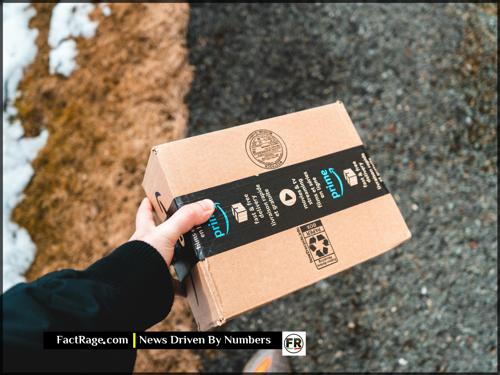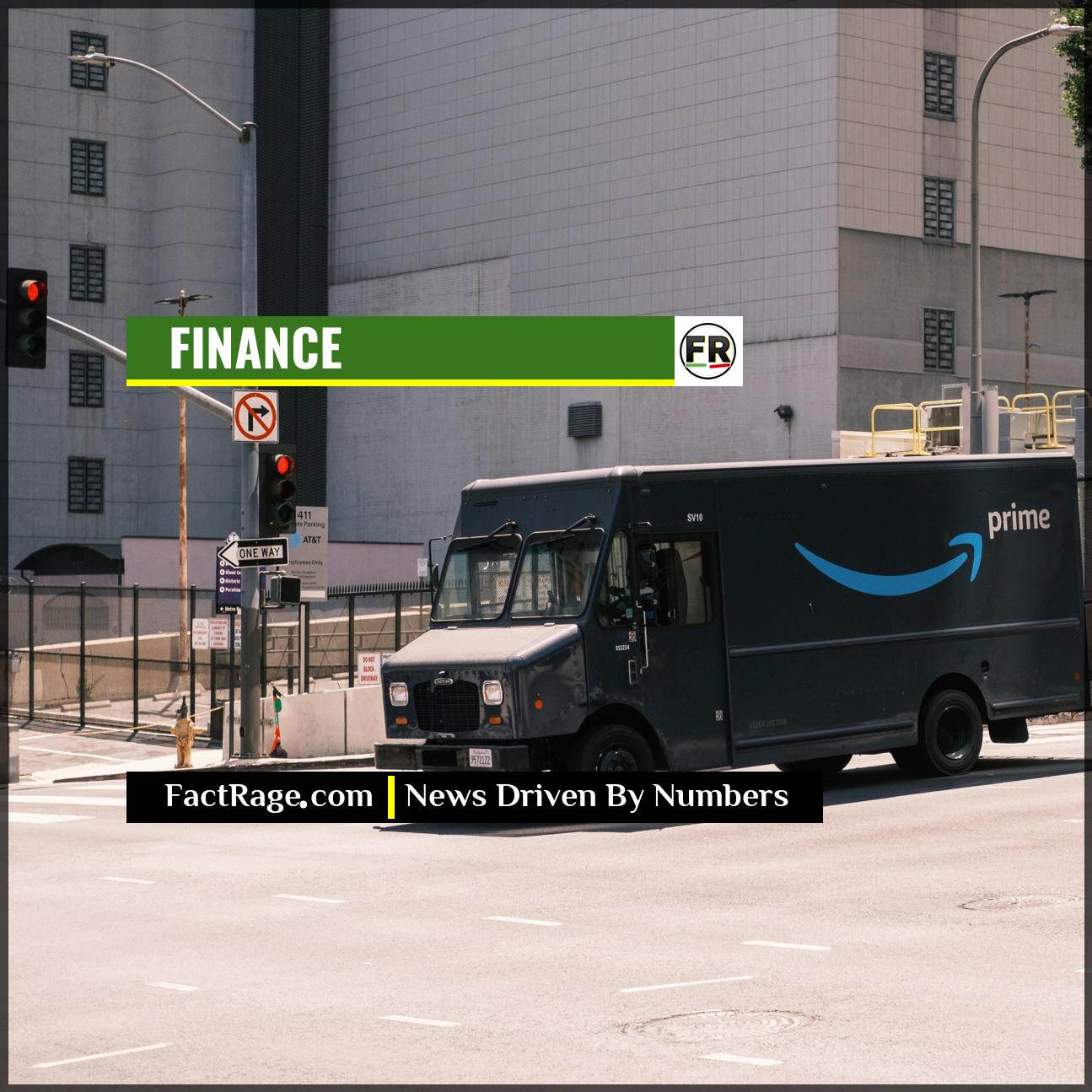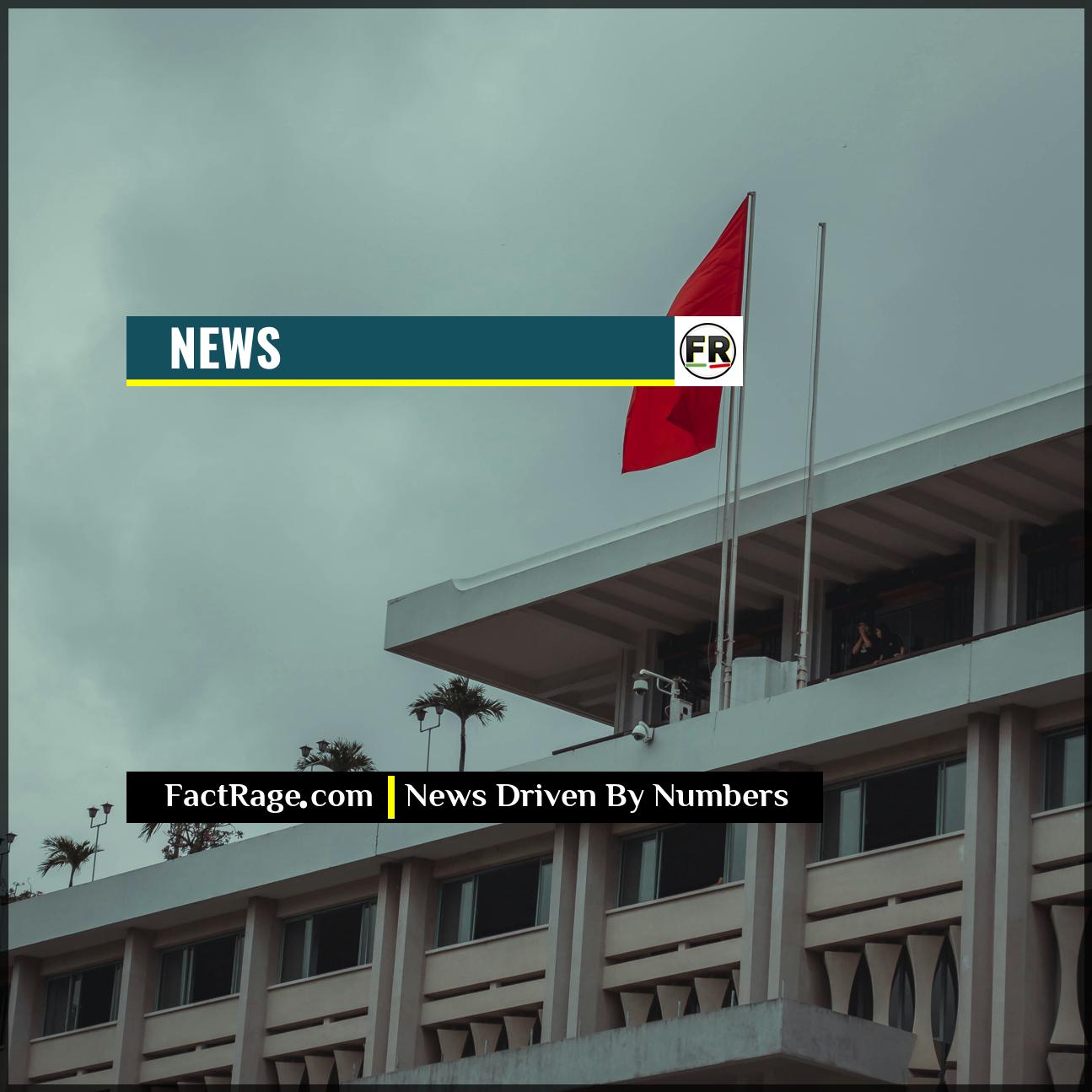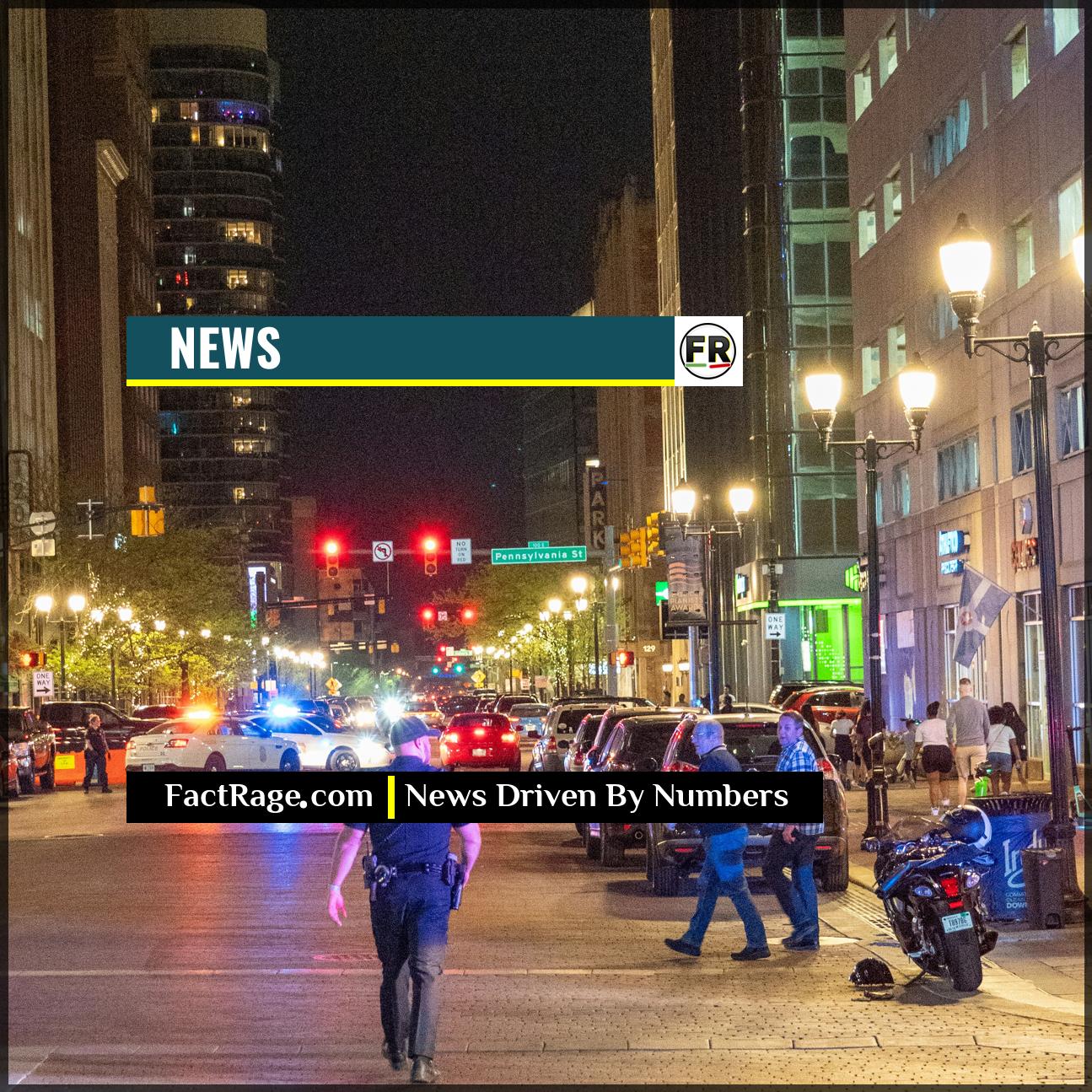SEATTLE, WA – Nearly two years after its initial filing, the Federal Trade Commission’s landmark antitrust lawsuit against Amazon is advancing through the federal court system, with discovery and pre-trial motions revealing the precise contours of the government’s monopoly allegations.
- Core Allegation – The FTC and 17 state attorneys general accuse Amazon of illegally maintaining monopoly power in the online superstore and online marketplace services markets through a set of interlocking anti-competitive and coercive tactics.
- Key Evidence – Central to the FTC’s case are allegations of “anti-discounting” measures that punish sellers for offering lower prices elsewhere and the revelation of “Project Nessie,” a secret algorithm allegedly used to probe how high Amazon could raise prices.
- Potential Outcome – The government is seeking a permanent injunction to halt Amazon’s alleged illegal conduct and has indicated it is open to structural remedies, which could potentially force a separation of Amazon’s business units.
This sprawling legal battle, filed in September 2023, pits federal and state regulators against one of the world’s most powerful corporations. As the case prepares for its next critical phase, an examination of the unredacted complaint and subsequent filings provides a clear, evidence-based view of the conflict.
Evidence Entered into the Record
![]() In high-stakes litigation, public narrative often obscures the factual basis of a case. This legal battle is forcing previously internal corporate strategies and algorithms into the public domain through court filings. Understanding the specific allegations and the evidence presented—from seller punishments to the “Project Nessie” algorithm—is essential to evaluating the government’s claims against Amazon’s business model. The following analysis is grounded in the details now entered into the official court record.
In high-stakes litigation, public narrative often obscures the factual basis of a case. This legal battle is forcing previously internal corporate strategies and algorithms into the public domain through court filings. Understanding the specific allegations and the evidence presented—from seller punishments to the “Project Nessie” algorithm—is essential to evaluating the government’s claims against Amazon’s business model. The following analysis is grounded in the details now entered into the official court record.
What Are the FTC’s Central Claims?

The lawsuit’s foundation rests on two primary allegations against Amazon. First, the FTC claims Amazon employs a set of punitive “anti-discounting” measures. According to the complaint, if Amazon’s systems detect that a third-party seller is offering a product for a lower price on a competing website, such as Walmart or eBay, Amazon will bury that seller’s listing so deep in its search results that it becomes effectively invisible. This, the FTC argues, results in higher prices for consumers across the internet, as sellers are disincentivized from offering discounts on any platform.
Second, the government alleges Amazon illegally coerces sellers into using its costly logistics and delivery service, Fulfillment by Amazon (FBA). The lawsuit contends that sellers are practically required to use FBA to gain “Prime” eligibility for their products, a designation essential for reaching Amazon’s most active customers. The FTC states this tying arrangement allows Amazon to charge exorbitant fees, which are then passed on to consumers.
What Does “Project Nessie” Reveal?
One of the most significant revelations from the unredacted court filings is the existence of an internal Amazon pricing algorithm codenamed “Project Nessie.” According to the FTC, Amazon used this algorithm to test how much it could raise prices and how long competitors would follow suit before ceasing.
The complaint alleges that Amazon deployed this tool to increase prices on certain items and monitored whether other online retailers would also raise their prices. When competitors did not, the algorithm was designed to return the item to its original price. The FTC claims that through this project, Amazon learned its market power was so significant that it could raise prices without losing customers to rivals. The government asserts that this algorithm extracted over $1 billion in excess profits directly from American consumers. Amazon has publicly stated that the FTC “grossly mischaracterizes” the tool, claiming it was used to try to stop its prices from being artificially high and has not been in use for several years.
What’s at Stake as the Trial Progresses?
The implications of the case are substantial for all parties involved. For the FTC, led by Chair Lina Khan, the lawsuit represents a cornerstone of the Biden administration’s broader effort to curtail the power of Big Tech and reinvigorate antitrust enforcement. A victory could set a powerful precedent for how the U.S. government regulates dominant digital platforms.
For Amazon, the lawsuit is a direct threat to its core business model, which integrates its massive online marketplace with its logistics, advertising, and streaming services. An unfavorable ruling could result in court-ordered prohibitions on its pricing and seller practices. The most severe potential outcome for the company is a “structural remedy,” a legal term for a court-ordered breakup of the company, which the FTC has not ruled out.
The case continues to proceed in the U.S. District Court for the Western District of Washington. With discovery ongoing, further details and evidence from both sides are expected to emerge in the coming months, shaping a legal battle that will define the rules of digital commerce for years to come.
The Record Is Still Being Written
![]() The legal arguments have been filed and the core evidence, once shielded by corporate confidentiality, is now part of the public record. The assertions made by the Federal Trade Commission and the counterarguments from Amazon frame a conflict that will be decided by the methodical process of the court, not by public relations. As discovery continues and pre-trial motions are argued, the full factual basis for a verdict has yet to be finalized. The ultimate resolution remains contingent on the evidence presented and its interpretation under established antitrust law.
The legal arguments have been filed and the core evidence, once shielded by corporate confidentiality, is now part of the public record. The assertions made by the Federal Trade Commission and the counterarguments from Amazon frame a conflict that will be decided by the methodical process of the court, not by public relations. As discovery continues and pre-trial motions are argued, the full factual basis for a verdict has yet to be finalized. The ultimate resolution remains contingent on the evidence presented and its interpretation under established antitrust law.













